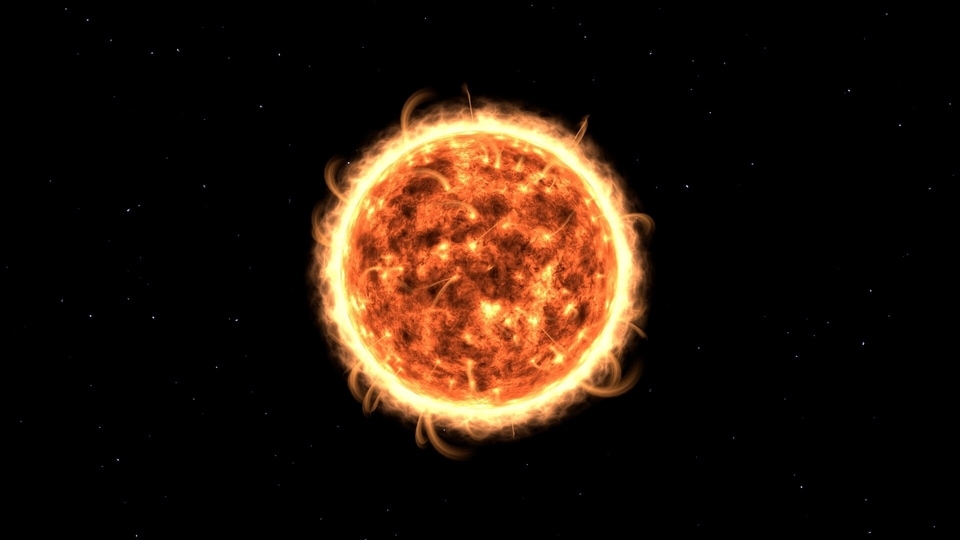NASA SOHO data reveals solar storm can strike the Earth today; Check details
Dr. Tamitha Skov has analyzed data from NASA’s Solar and Heliospheric Observatory to reveal that there is a likelihood that a solar storm event can occur either today, October 20, or tomorrow. Know the forecast.

The Earth just experienced a solar storm event on October 18 when a coronal mass ejection (CME) sideswiped the Earth. The event resulted in auroras in parts of Canada and Norway that could be seen with unaided eyes. But now, there is a possibility that a far more intense CME can strike the Earth head-first and spark a powerful solar storm event either today, October 20, or tomorrow, October 21. The information comes from the NASA Solar and Heliospheric Observatory, and it has been analyzed by space weather physicist Dr. Tamitha Skov.
Skov posted on X and gave a detailed 5-day forecast for solar storms this week. She said, posting images of the forecast, “Learn about the back-to-back #solarstorms hitting Earth & why they pack a mild punch. See when & where #aurora is visible & watch the big farside storm launch that tells us big regions are just around the corner”.
Solar storm forecast for today and tomorrow
According to the space weather physicist, there is a 65 percent chance of a major solar storm today with a strong possibility of a minor storm that can produce auroras. The prediction also mentioned that there are chances for a G1-class solar storm today. This forecast is specifically for the higher latitudes. The mid-latitudes have only received a 30 percent chance for minor storms.
Tomorrow, the solar storm forecast takes a fiercer turn as Skov predicts a 50 percent chance for a severe solar storm. Labeling it as ‘severe', the data indicates that the storm can reach G2-class as well, where it can even affect small satellites, mobile networks, and sensitive Earth-based electronics (however, the possibility is very small). For the mid-latitudes, only a 15 percent chance of minor storms exists, which means it should be relatively safer for them.
The next three days after this are relatively clear, as per the forecast by Skov.
How NASA SOHO watches the Sun
NASA's SOHO is a satellite that was launched on December 2, 1995. It is a joint project between NASA and the European Space Agency (ESA) to study the sun, its atmosphere, and its effects on the solar system. Equipped with 12 scientific instruments, such as an Extreme Ultraviolet Imaging Telescope (EIT), Michelson Doppler Imager (MDI), LASCO (Large Angle and Spectrometric Coronagraph), and others, SOHO captures images of the sun's corona, measures the velocity and magnetic fields of the sun's surface, and observes the faint corona around the sun.
Catch all the Latest Tech News, Mobile News, Laptop News, Gaming news, Wearables News , How To News, also keep up with us on Whatsapp channel,Twitter, Facebook, Google News, and Instagram. For our latest videos, subscribe to our YouTube channel.































